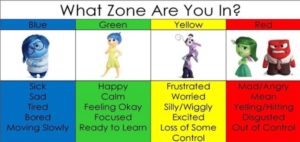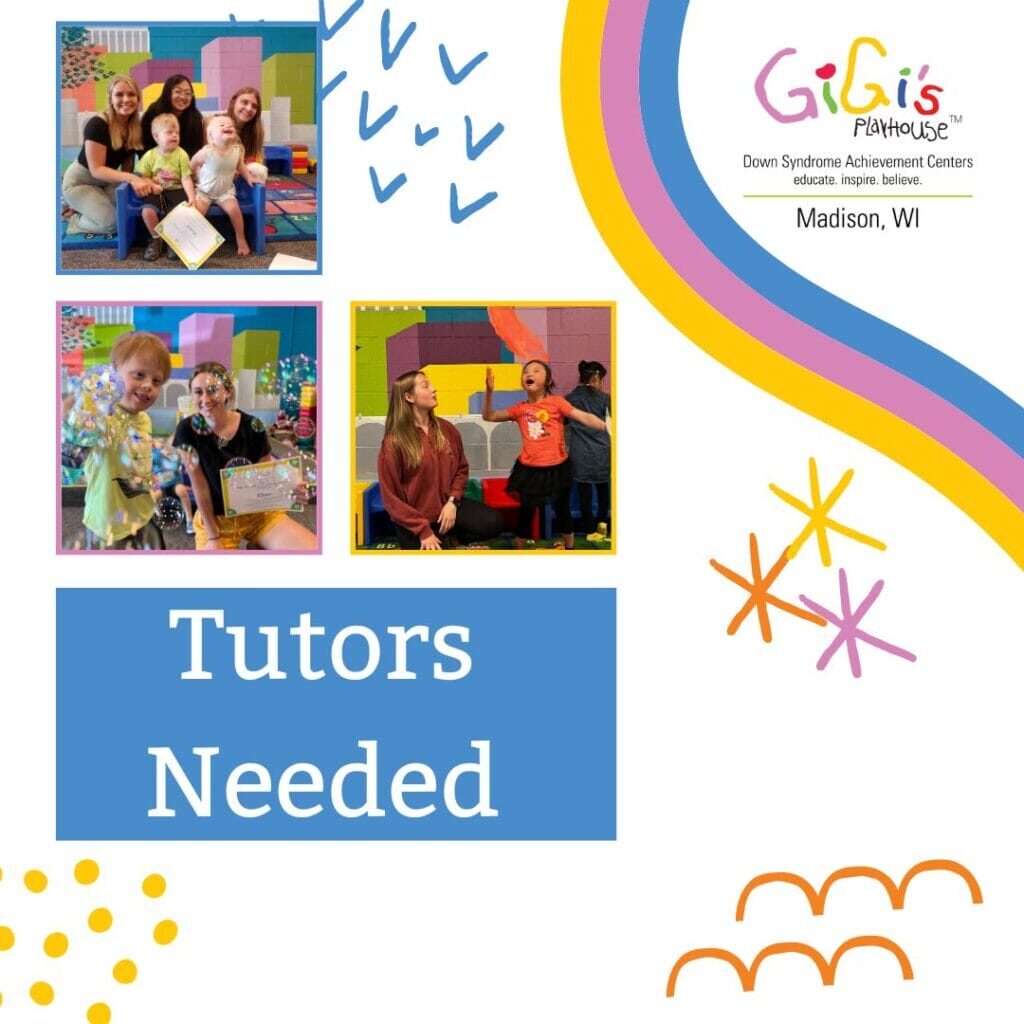Sensory Blog: Self Regulation- What You Need To Know – Part 1
Self Regulation- Part 1 of a 2 part series
Guest blog written by Occupational Therapy Assistant Student, Juliana Lehman OTAS
Advisement, Editing and Supervision by Deborah Bebeau EdD, OTR
Self-regulation – what does this mean to you? This term, and its meaning, appears quite complicated and expansive in literature. It is important to understand that people of all abilities can have difficulty with self-regulation. Provided with the right training and tools, people including non-verbal DS-ASD individuals can learn to self regulate.
Let’s try to unpack this concept a bit…
To begin, the Self sets us apart from others and involves a knowledge of personal identity, which is unique to every individual. Self also relies on understanding certain internal and external observations, thoughts, and feelings relative to our needs and the needs of others. Self-regulation therefore means the modifying or modulating of the Self within a specific context.
Self-regulation is closely linked to socialization. Regulation involves a behavioral ability to delay a thought or an action until suitable for a situation (5). Delayed gratification is a good example of this and often becomes easier with age and experience. Altering movements and vocalizations to align with social expectations falls within this umbrella of regulation. Again, with greater experience and guidance, moderating desired movements and vocalizations to fit the social environment may increase over time.
Self-regulation is not a one-size-fit-all concept. Each individual is influenced by his/ her own biological, nervous, and sensory processing systems. Control of heightened emotions and the expression of coping abilities may also reflect on an individual’s natural temperament. This control or seemingly lack thereof, may be less related to personal effort and more simply to our genetics. For example, with a heightened sensory responsive system, self-regulation abilities in executive functioning and personal control are decreased (1).
Many people have difficulty with self-regulation, adults and children alike. So, where to start?
1. One step may be to figure out consistent triggering situations. Is the activity and environment age appropriate? Are others present modeling the preferred behavior? Does the environment include bright lights, loud noise, strong smells, or an invasion of personal space? Knowing what sets a child off can help with the preparation of modified experiences or being more personally prepared for tricky situations. For example, if strong smells at snack or mealtime are aversive, let kids get accustomed to smells slowly by allowing them to help prepare snacks (6).
2.Stirring mustard dips or hummus trying stronger smells over time.Another step may be to come up with a secret code or signal for when a child is reaching frustration overload. This could be any sign, if you are familiar with the sign language for popcorn, that could work or whatever your creative minds come up with together, to signal help or space is needed.
3. Provide a means for your child to identify when they are reaching that frustration overload. An Occupational Therapist, Leah Kuypers created a system to code feelings with different colors to help children identify emotions and seek out strategies to move into a more regulated zone for a given activity or environment. The Zones of Regulation are consistently used in the school systems throughout the country to foster self-regulation and emotional control. Children are able to code feelings or states of excitement and find methods to get into the right zone for each activity.
4. Consider your child’s motivations and goals. Self-regulation is heavily influenced by individual motivation and a desired goal-related outcome. Parents and caregivers can play a key role in facilitating a child’s independence or autonomy in reaching their goals. Allowing a choice or simplifying a decision for a child by not overwhelming them with information could help. Self-regulation takes time, so allow for small realistic goals.
Please stay-tuned…Self-Regulation Part 2 will highlight fun and creative activities to help you and your child identify color zones and strategies to foster self-regulation.
Disclaimer: By referencing products or services this author does not directly or indirectly endorse any
specific product or services. This blog is for informational purposes only and is not intended to give
medical advice. Please consult with your child’s physician or licensed practitioner and consider the
individual needs of your child.
Recent Posts





